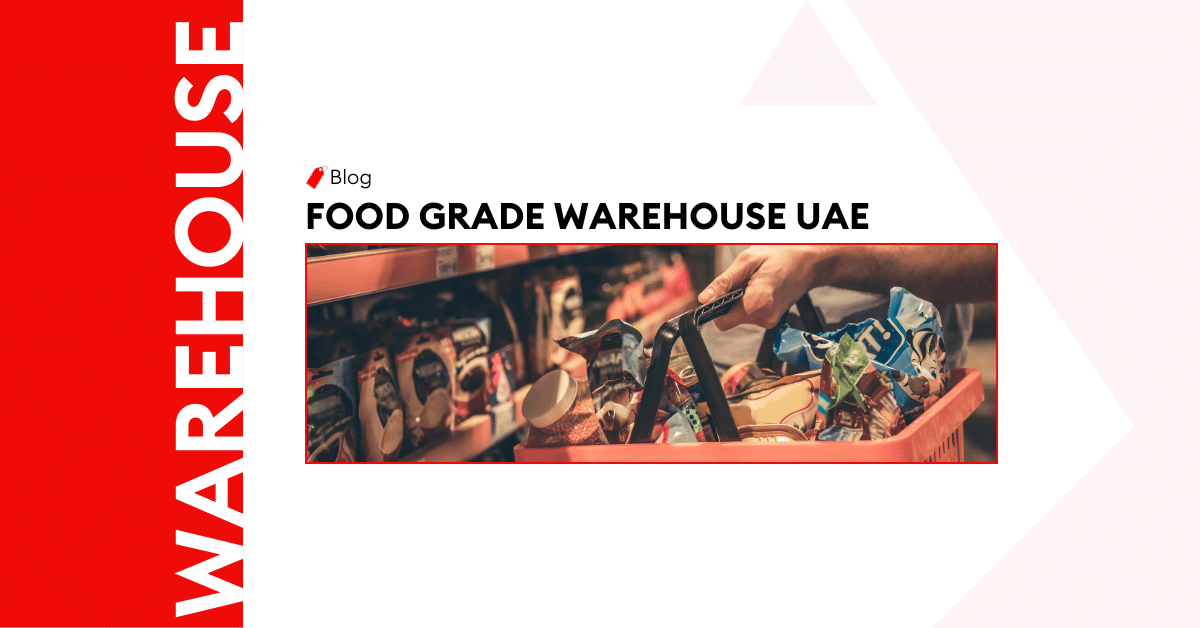
Keeping Your Food Safe with Food Grade Warehouse in Dubai
Currently, the United Arab Emirates (UAE) relies on other countries for the bulk of its food supplies. For this reason, food safety and security are crucial in the region’s supply chain.
Food-grade warehouses are innovative warehousing solutions prioritizing the secure handling, storage, and distribution of food products. This article explores these unique facilities in detail.
Understanding Food Grade Warehousing
Food-grade warehousing refers to specialized storage facilities that meet strict regulatory standards for handling and storing food products. These warehouses implement strict hygiene and temperature control practices to ensure the safety and quality of stored food items.
With a focus on preventing contamination and spoilage, food-grade warehouses prioritize preserving food integrity throughout the supply chain. Whether it’s perishable goods, ingredients, or finished products, you get a secure environment that meets the specific needs of the food industry.
Key Considerations for Food-Grade Warehouses
- The warehouse must comply with local, regional, and national regulations governing food handling, storage, and distribution.
- The warehouse layout should incorporate adequate spacing between storage areas, and clearly defined zones for different temperature requirements.
- Depending on the specific food products stored, the warehouse must maintain appropriate temperature and humidity levels using cold storage areas, refrigeration systems, and temperature monitoring systems.
- Pallets, wraps, and seals can prevent cross-contamination and protect food products from external factors.
Time and Temperature Control in Food-Grade Warehouses
Significance of Temperature Control in Food Preservation
Temperature control plays a vital role in food preservation in the following ways:
- Storage methods, such as refrigeration and freezing prevent the growth of bacteria, yeast, and molds that cause food spoilage. Temperature control also inhibits salmonella and E-coli bacteria, limiting the risk of foodborne diseases.
- High temperatures when cooking and processing can cause nutrient loss in food. Controlling temperature during storage helps preserve the nutritional value of perishable foods, ensuring consumers receive adequate vitamins, minerals, and other essential nutrients.
- Temperature control helps maintain freshness, texture, taste, and overall food quality. So, it extends the shelf life of products and minimizes waste.
Storage Temperature Guidelines for Different Food Types
Dry Foods
Many dry foods, such as grains, flour, and pasta, stay fine at room temperature (around 20°C to 25°C or 68°F to 77°F). The ideal humidity level for dry food storage is below 15%.
Some dry foods, such as nuts, seeds, and whole grain flour can benefit from refrigeration to extend their shelf life. Cold temperatures (around 4°C to 10°C or 40°F to 50°F) are ideal for this storage type. However, refrigeration is unnecessary for all dry foods and may cause flavor and texture changes in certain products.
Refrigerated Foods
Perishable foods, including raw and cooked meats, poultry, seafood, dairy products, and ready-to-eat meals, require temperatures between 32°F (0°C) and 40°F (4°C). Most fresh fruits and vegetables also thrive at temperatures slightly above freezing, around 32°F (0°C) to 40°F (4°C).
Frozen Foods
Seafood, prepared meals, meat, frozen fruits and vegetables, and ice cream are sensitive food products that require freezing (32°F/0°C) to maintain their freshness and quality.
Dairy Products
Cheese and yogurt store well between 35°F (2°C) and 45°F (7°C). Butter stores well at temperatures between 32°F (0°C) and 40°F (4°C).
Ice cream, meanwhile, should be stored at temperatures below 0°F (-18°C). Freezing maintains the texture, consistency, and quality.
Monitoring and Maintaining Optimal Temperature Levels
- Temperature Monitoring Systems: Food-grade warehouses employ temperature monitoring systems to track and record the temperature conditions within storage areas consistently. This process involves using sensors and data loggers to capture temperature readings at regular intervals.
- Real-Time Alerts: Monitoring systems equipped with real-time alert mechanisms notify warehouse personnel in real time if temperature levels deviate from the desired range, allowing them to take prompt corrective actions.
- Temperature Control Systems: Food-grade warehouses employ refrigeration units, freezers, coolers, and heating systems, equipped with temperature regulators and thermostats to ensure the set temperature range is maintained consistently.
- Smart Sensors and Controls: Advanced cooling and heating systems utilize smart sensors and automated controls to monitor temperature conditions and adjust cooling or heating levels accordingly. This ensures precise and consistent temperature control, minimizing temperature fluctuations and optimizing energy efficiency.
Temperature Control Best Practices for Food-Grade Warehouses
Efficient Cooling and Heating Systems
Refrigeration systems utilize compressors, condensers, evaporators, and refrigerant gases to remove heat from the storage area and keep temperatures at desired levels.
In addition to cooling, efficient heating systems such as electric heaters or hot air circulation systems provide warmth when necessary. Food products, such as certain fruits, vegetables, or bakery items, may require controlled heating to prevent chilling injury or to facilitate ripening.
Proper Insulation and Ventilation
Effective insulation in walls, roofs, and doors helps create a controlled atmosphere by reducing the impact of external temperature fluctuations.
Proper ventilation facilitates the exchange of indoor and outdoor air. In addition to ventilation, circulating air prevents the formation of hot or cold spots, assists in maintaining consistent humidity levels, and discourages the growth of mold or bacteria in stagnant areas.
Regular Maintenance and Calibration of Temperature Monitoring Equipment
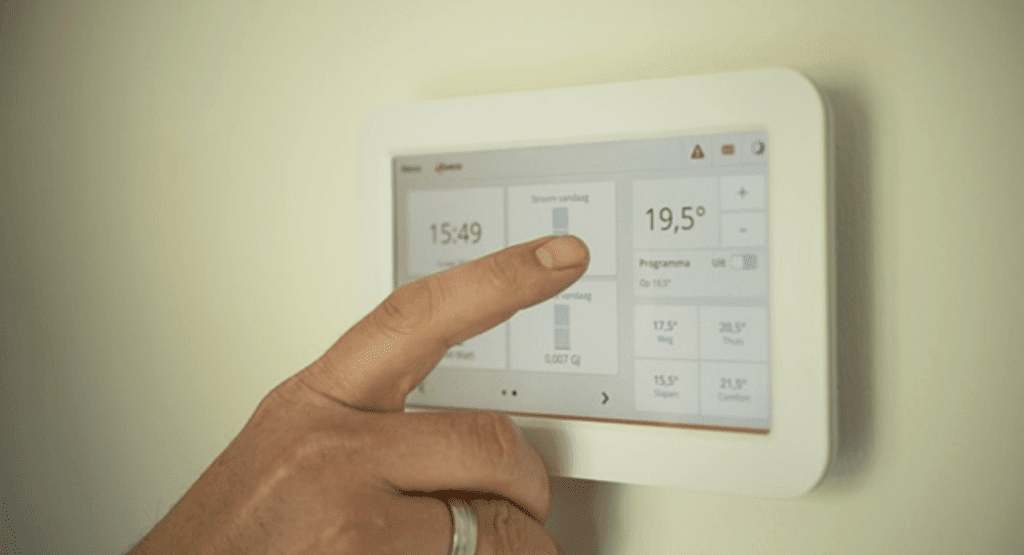
Common maintenance and servicing practices are checking refrigerant levels, replacing worn-out components, and conducting routine inspections to identify potential issues that could impact temperature control.
Regular calibration of temperature monitoring equipment is equally necessary to ensure accurate temperature readings. Calibration involves comparing the readings of the monitoring devices with a reference thermometer or standard to verify their accuracy.
Staff Training and Standard Operating Procedures
Warehouse personnel involved in temperature monitoring and control receive training on the importance of temperature regulation and proper usage of monitoring equipment. Training programs also equip staff members with the knowledge and skills to function effectively.
Also, warehouses establish Standard Operating Procedures (SOPs) that outline protocols for routine temperature checks, equipment maintenance, and corrective actions in the case of temperature deviations.
UAE’s Efforts in Maintaining Food Safety
Overview of UAE’s Commitment to Food Safety
The United Arab Emirates (UAE) boasts a robust regulatory framework to govern food safety, especially in importing food products. Rigorous inspection and monitoring programs by Abu Dhabi Agriculture and Food Safety Authority (ADAFSA) ensure compliance with state-wide regulations. Initiatives, like the Dubai International Food Safety Conference and Food Safety Hero, generate public awareness and education on proper food handling, storage, and hygiene practices.
Food import controls are significant, especially when the food importers in UAE over 80 percent of its food. In addition, there are partnerships of esteemed global authorities, such as the World Health Organization (WHO), the Food and Agriculture Organization (FAO), and the World Organization for Animal Health (WOAH).
Federal Law on Food Safety
Federal Law No. 10 of 2015 on Food Safety (Food Safety Law) is a significant UAE state-wide law. Essentially, it guides the safety and health of traded food and protects consumers from unhealthy or contaminated food.
The Food Safety Law enforces safety guidelines for establishments (facilities licensed to produce, prepare, process, package, import, store, distribute, sell, or export food), and shipments of food that are imported into UAE or in transit after due inspection, at each stage of the food chain.
Local Entities Ensuring Compliance and Food Safety Standards
Abu Dhabi Agriculture and Food Safety Authority ensures food safety, especially in the Abu Dhabi emirate, and conducts studies on safe food and issue rules, regulations, and standards on food items sold or offered for human consumption.
Other regulatory bodies include the Ministry of Climate Change and Environment (MOCCAE), , Dubai Municipality for Dubai Food Imports, and the Ministry of Health.
Local municipalities, like the Dubai Municipality, oversee food safety requirements, ensure correct product labeling and consumption expiry dates, and conduct random inspections across all foodstuff stores and restaurants.
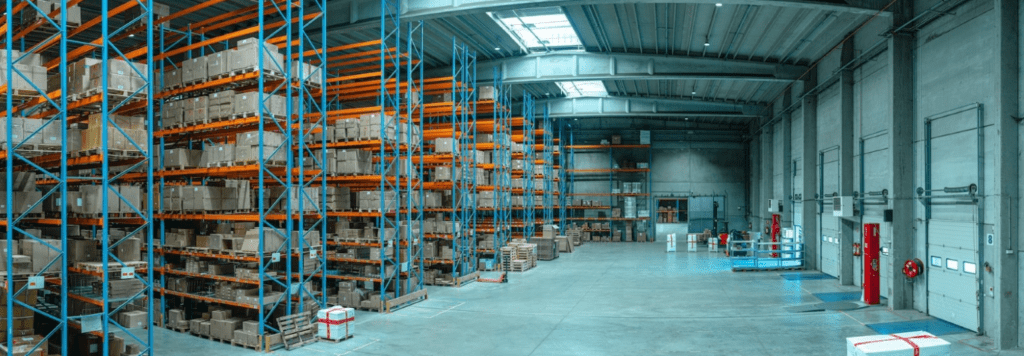
Requirements for a Food-Grade Warehouse
Facility Design and Construction Standards
The design of a food-grade warehouse should prioritize hygiene, incorporate separate areas for different food categories and processes, and have sufficient space between racks, shelves, and pallets.
Plus, food-grade warehouses should incorporate refrigerated or frozen storage areas to maintain the quality and safety of perishable products. Ventilation, air quality, and installation of adequate lighting are also vital.
Hygiene and Sanitation Practices
Firstly, employees must adhere to strict protocols that guide Personal Protective Equipment (PPE) usage to prevent any potential contamination. Additionally, proper waste management procedures like segregating and prompt waste disposal and following local waste disposal regulations also promote a hygienic warehouse environment.
Pest Control Measures
Effective pest control measures help prevent infestations and the spread of diseases. Standard practices include regular inspections, sealing entry points, and using pest control methods that maintain safe, pest-free food handling, and storage areas.
Documentation and Record-Keeping
Maintaining accurate records and conducting regular audits help monitor and verify compliance with hygiene and sanitation practices. Documentation may include food moving in and out, temperature logs, cleaning schedules, pest control records, and training records.
Accurate and well-maintained records help demonstrate compliance with food safety standards and facilitate audits or inspections.
How Al Sharqi Can Help with Food-Grade Warehousing
Al Sharqi is your modern logistics partner with over three decades of industry experience. Our warehouses located across the UAE employ state-of-the-art temperature control and monitoring to keep food safe and fresh.
Additionally, these storage units run on state-of-the-art WMS technology, providing automated storage data in real time. Plus, we’re graded A+ by Dubai Municipality and HACCP, ISO 22-000, 14-001, 18-001, and ICV accredited, which indicates our commitment to safety and regulatory compliance.
Conclusion
Food products require special care and handling across the entire supply chain. This care is especially crucial across the UAE, where food importing is commonplace. So, food-grade warehouses provide next-level optimization for the food supply chain in uae.
Understand, though, that keeping your food safe with a food-grade warehouse in Dubai requires opting for a quality logistics partner. At Al Sharqi, we combine logistics expertise with industry experience. Contact us to access modern warehousing today.
Frequently Asked Questions
It refers to specialized storage which employs temperature control and safety compliance to preserve the taste, consistency, quality, and integrity of food products.
Dry foods store well at regular room temperature, refrigerated foods, and dairy products require storage temperatures between 32°F (0°C) and 45°F (7°C) while frozen foods are kept fresh at sub-zero temperatures.
These practices include efficient heating and cooling systems, air quality control, well-calibrated temperature monitoring equipment, and skilled warehouse personnel.
This facility must be hygienic and spacious, incorporate pest control measures, and keep up-to-date records.
Our customer service team is happy to assist you with planing your next booking.

Related Articles
Optimize Warehousing, Fulfillment and Shipping Cost
In today’s fast-paced business environment, efficient distribution and shipping play a crucial
Frozen and Chilled Storage Warehouse in Dubai
Dubai’s hot climate means efficient storage is a prominent concern for manufacturers and selle
Keeping Your Food Safe with Food Grade Warehouse in Dubai
Currently, the United Arab Emirates (UAE) relies on other countries for the bulk of its food supplie




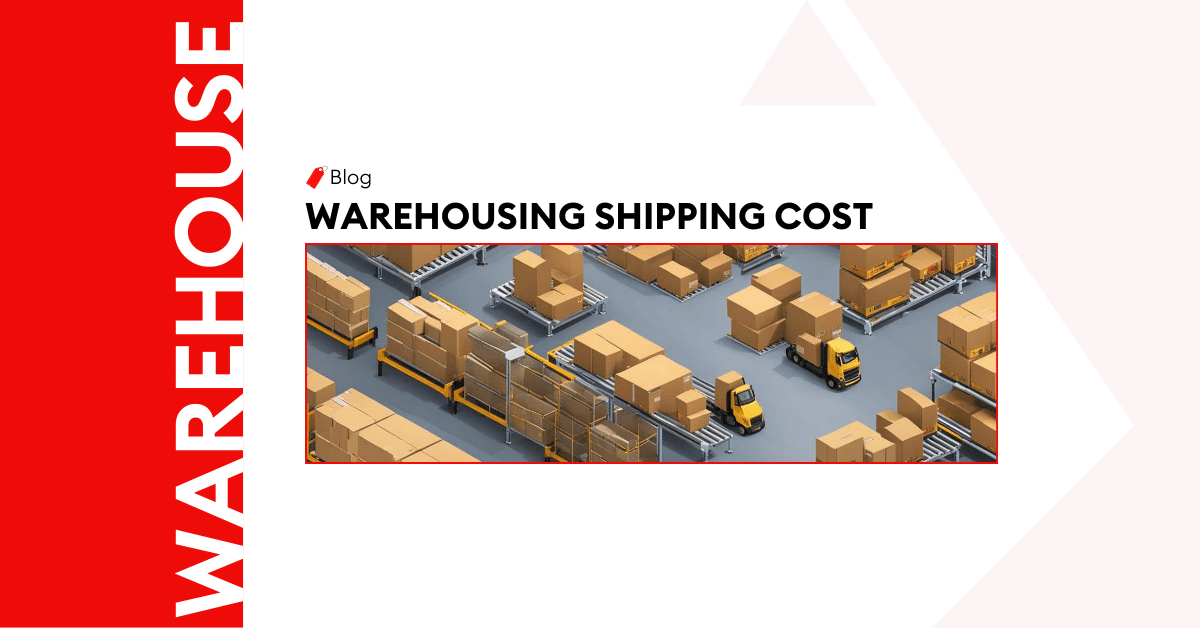
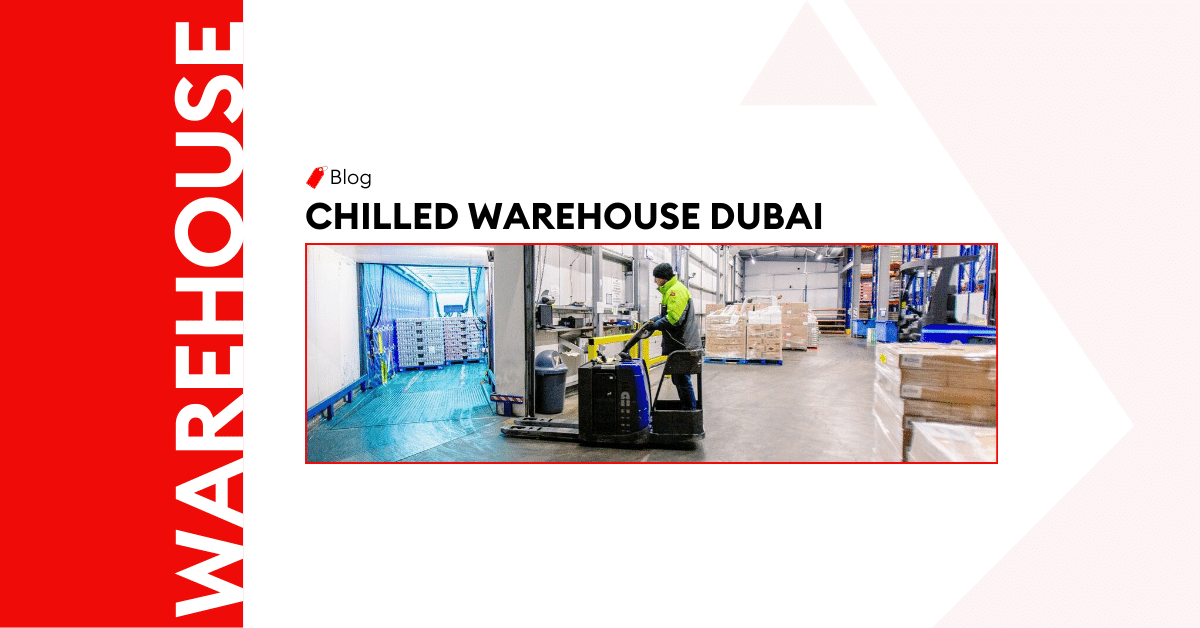
Post a comment
You must be logged in to post a comment.